If you've ever experienced a clogged garbage disposal, you know how frustrating it can be. Not only does it prevent you from using your sink, but it can also cause unpleasant odors and even lead to leaks or damage to your disposal.
Fortunately, several methods for unclogging your garbage disposal, both manual and chemical, can help you get your sink back to normal in no time.
Whether you prefer manual methods like using a plunger or drain snake, chemical solutions like baking soda and vinegar, or commercial drain cleaners, plenty of options are available for unclogging your garbage disposal.
By following best practices for disposal maintenance and taking steps to prevent future clogs, you can help ensure that your sink stays clear and functional for years.
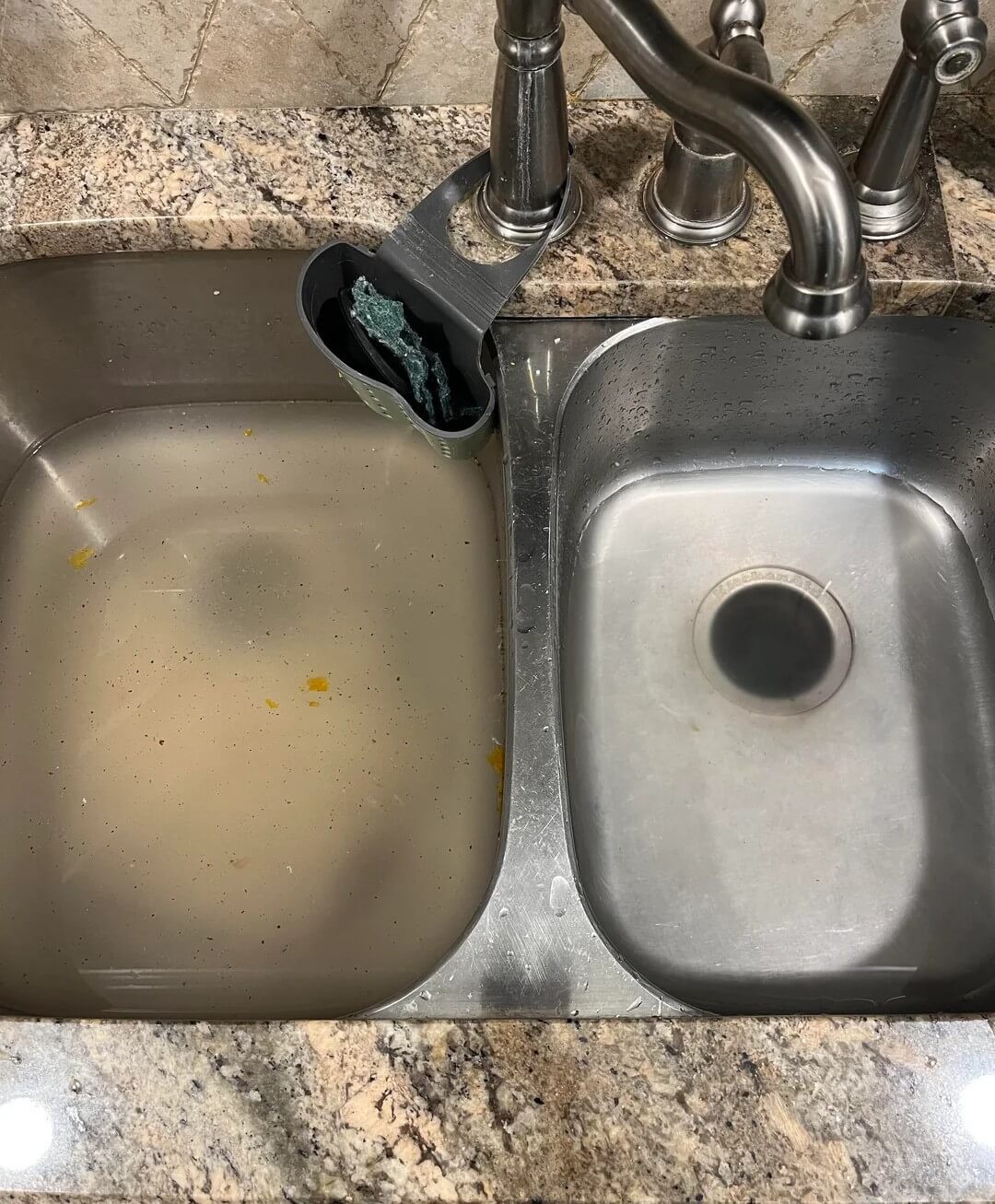
If you're experiencing issues with your garbage disposal, it's essential to know the common clog symptoms to identify the problem and take the necessary steps to fix it. Here are some of the most common clog symptoms to look out for:
If your garbage disposal takes longer than usual to drain, it could signal a clog. This is because the food waste is not being adequately broken down and is instead getting stuck in the pipes. If you notice the water draining slowly, try running hot water down the drain for a few minutes to see if it helps clear the clog.
If you notice a foul smell coming from your garbage disposal, it could be a sign of a clog. This is because the food waste is not being properly broken down and is instead rotting in the pipes. To get rid of the odor, try running hot water down the drain for a few minutes and then grinding up a lemon or lime in the disposal.
If your garbage disposal is making strange noises, it could be a sign of a clog. This is because the food waste is not being properly broken down and is instead getting stuck in the blades. If you notice any unusual noises, turn off the disposal immediately and try to remove the clog.
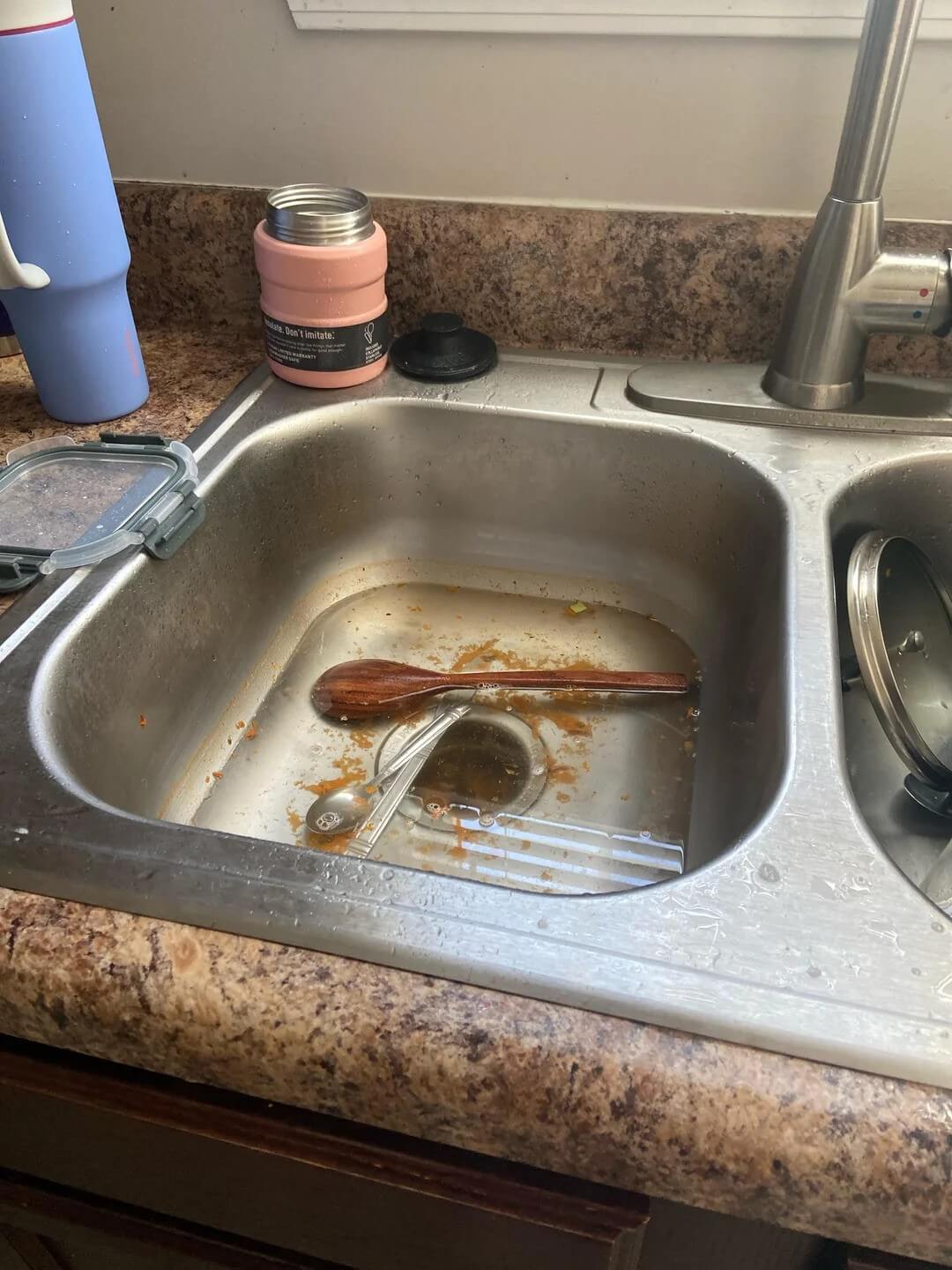
If you notice any of the following symptoms, it could be a sign of a clog in your garbage disposal:
If you experience any of these symptoms, it's important to take action to fix the problem before it gets worse. With the right tools and techniques, you can easily unclog your garbage disposal and get it back to working properly.
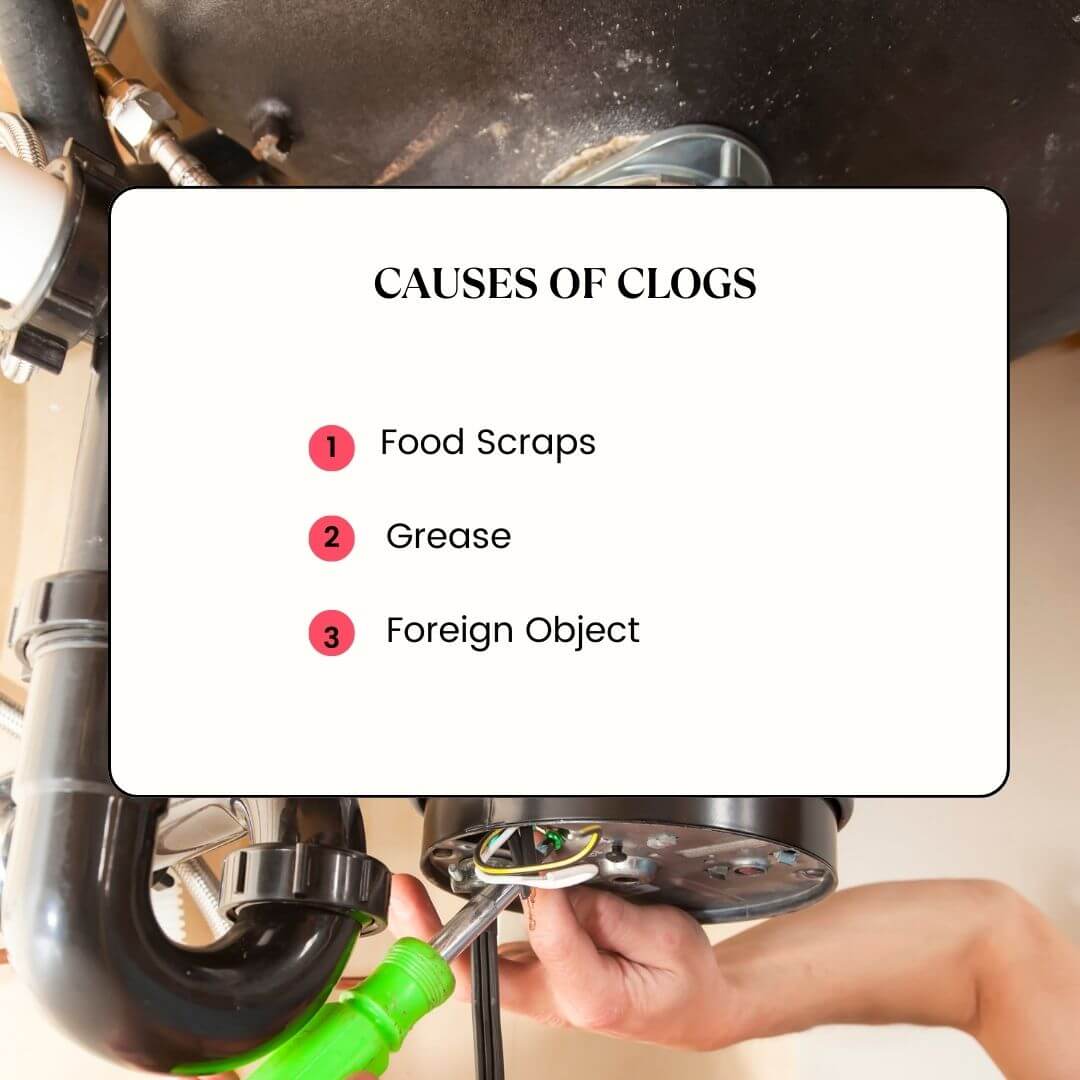
Garbage disposals are an essential part of any modern kitchen, but they can get clogged easily if not used properly. Understanding the causes of clogs is the best way to keep from causing them in the first place.
Food scraps are one of the most common causes of clogs in garbage disposals. While tossing everything into the disposal is convenient, certain foods can cause problems.
Hard foods like bones, fruit pits, and seeds can damage the blades and make your food disposal clogged. Starchy foods like pasta and rice can also cause issues by expanding and clogging the pipes.
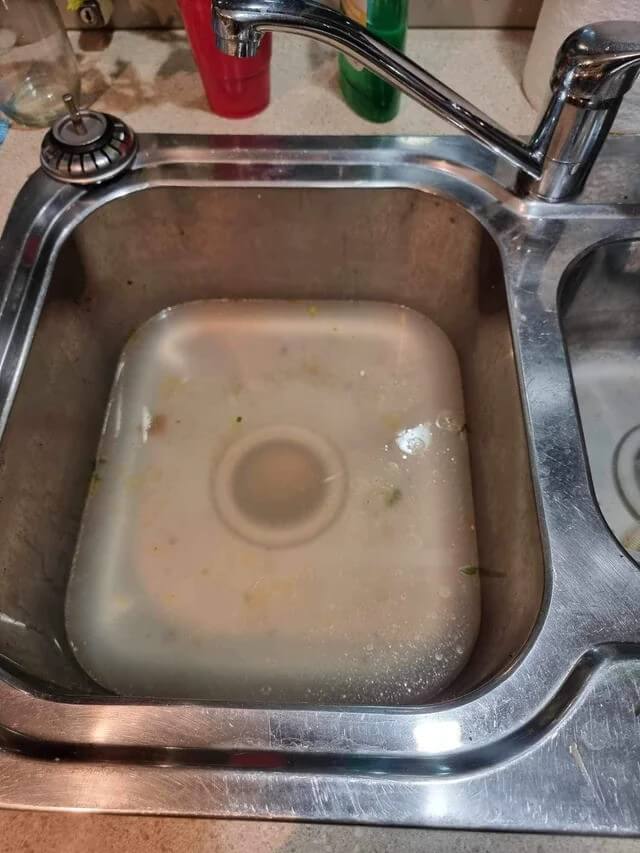
Another common cause of clogs is grease. Grease can solidify in the pipes and cause blockages. It's essential never to pour grease down the drain. Instead, pour it into a container and dispose of it in the trash.
Foreign objects can also cause clogs in garbage disposals. It's essential never to put non-food items into the disposal. This includes silverware, bottle caps, and other small objects that can get stuck in the blades or pipes.
By understanding the causes of clogs, you can take steps to prevent them from happening in the first place. Always run water while using the disposal, and avoid putting hard foods, grease, and foreign objects into it.
If your garbage disposal is clogged, you can try several manual methods before calling a plumber. Here are three standard methods you can use to unclog your disposal:
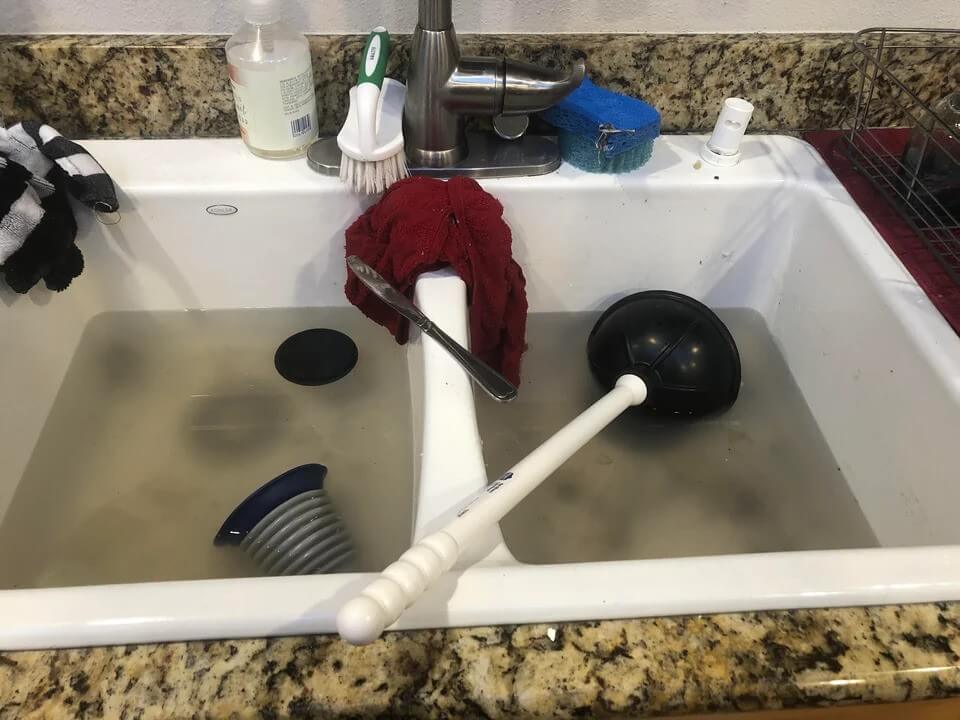
One of the most effective ways to unclog a garbage disposal is to use a plunger. Here's how:
If the plunger doesn't work, try one of the other methods.
Another way to unclog a garbage disposal is to use a plumber's wrench. Here's how:
If your garbage disposal has a hexagonal hole at the bottom, you can use an Allen wrench to unclog it. Here's how:
Remember to always exercise caution when attempting DIY clog removal or mechanical disposal clearing. If none of these methods work, it may be time to call a professional plumber.
When unclogging your garbage disposal, sometimes the simple solutions just won't cut it. In these cases, you may need chemical solutions to dissolve the clog and get your disposal working again.
Here are two chemical solutions that can help with tough clogs.
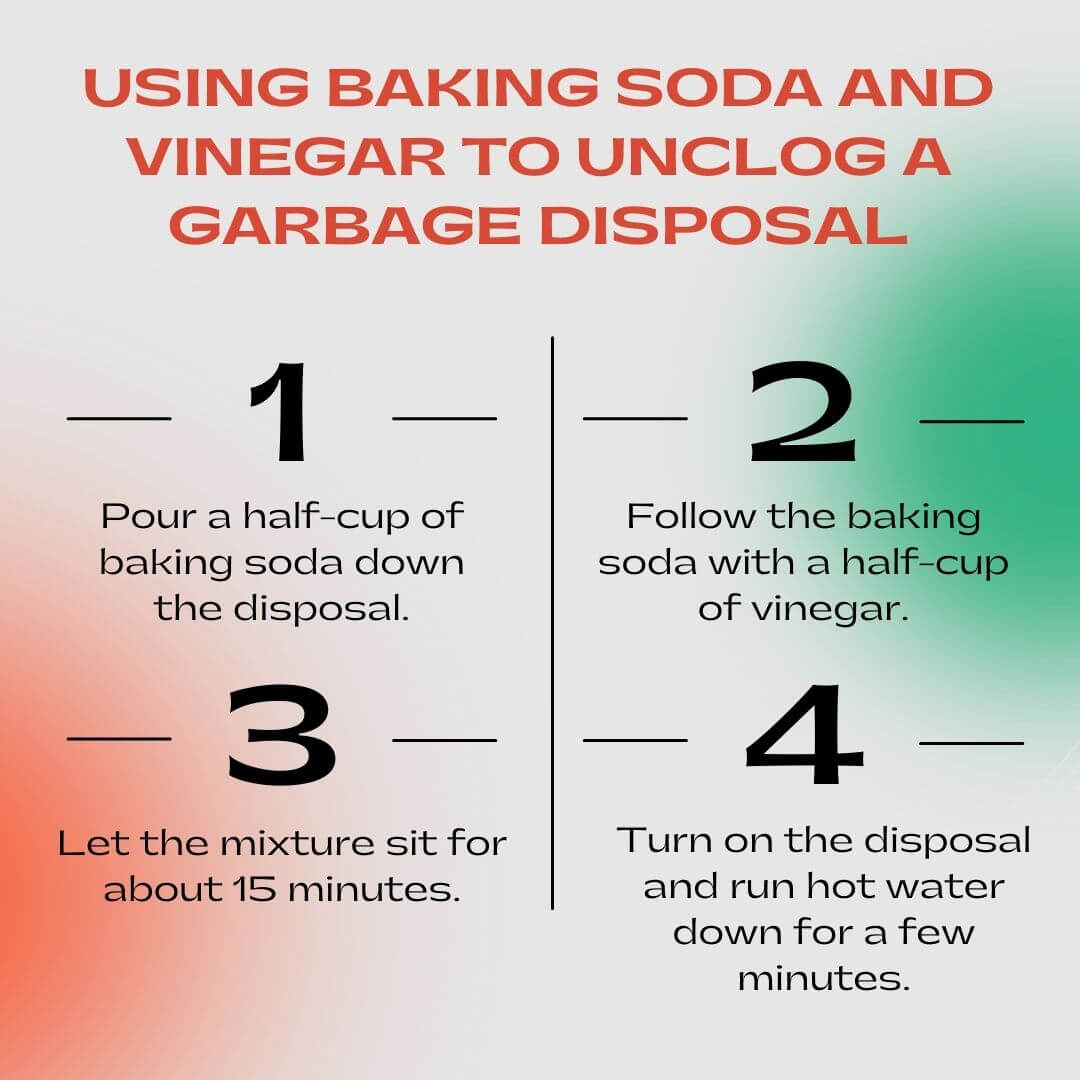
One of the most popular chemical solutions for unclogging a garbage disposal is a combination of baking soda and vinegar. This solution works by creating a chemical reaction that dissolves the clog. Here's how to use it:
This solution is safe for most garbage disposals and is an eco-friendly alternative to commercial drain cleaners.

If the baking soda and vinegar solution doesn't work, you may need a commercial drain cleaner. These cleaners are designed to dissolve tough clogs and get your garbage disposal working again. However, they can be harsh and should be used with caution.
Here are a few things to keep in mind when using commercial drain cleaners:
Commercial drain cleaners can be effective but should be used as a last resort. If you need help with using a commercial drain cleaner, consider calling a professional plumber to help with the clog.
By following these tips, you can use chemical solutions to dissolve tough clogs and get your garbage disposal working again. Remember always to use caution when working with chemicals and to follow all instructions carefully.
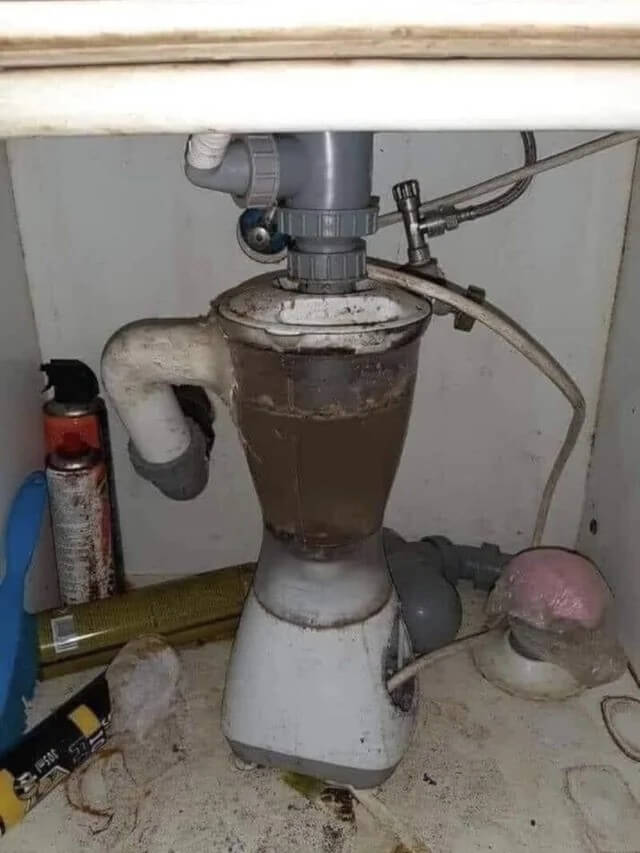
Following some best practices for disposal maintenance is essential to avoid the hassle of dealing with clogged garbage disposal. Here are some tips to keep your garbage disposal running smoothly.
Always run cold water when using your garbage disposal. This helps to solidify any grease or oil that may have made its way into the disposal, making it easier to chop up and prevent clogs.
Additionally, running cold water helps to flush out any remaining food particles, keeping your disposal clean and free of buildup.
Regular cleaning of your garbage disposal is essential to maintain optimal performance. You can use a mixture of ice cubes and rock salt to clean your disposal. Pour the mixture into the disposal and run it for a few seconds.
This helps to break up any buildup and also sharpens the blades. You can also use citrus peels to freshen up your disposal.
It is important to note that you should never pour any chemicals down your garbage disposal, as they can damage the blades and pipes. Additionally, avoid putting any non-food items down the disposal, as they can cause clogs and damage to the blades.
By following these best practices for disposal maintenance, you can prevent clogs and ensure that your garbage disposal runs smoothly for years to come.
What to Do When DIY Isn't Enough
Sometimes, despite your best efforts, you may not be able to unclog your garbage disposal on your own. When this happens, it may be time to call in a professional.
Here are some signs that it's time to seek expert help:
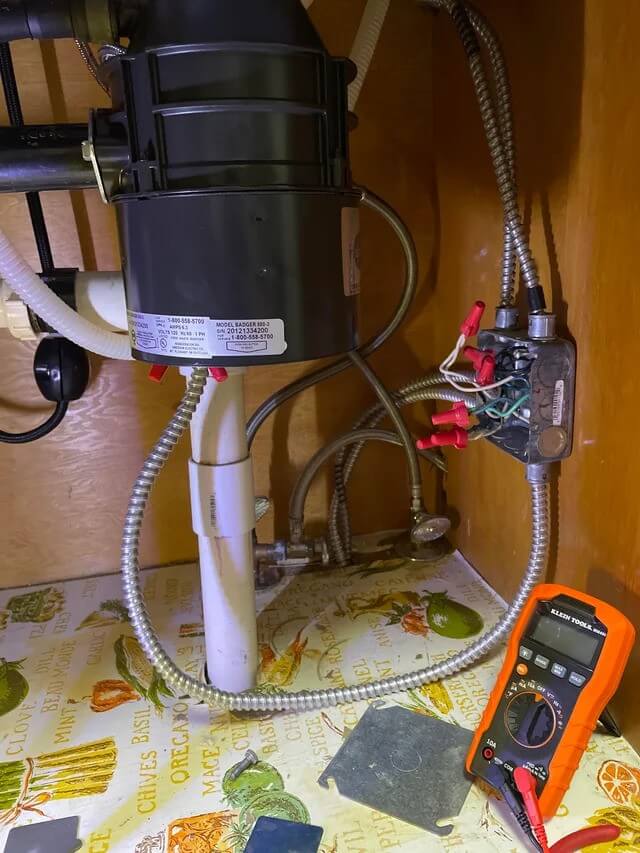
If you've tried all the DIY methods and your garbage disposal is still not working, it may be time to call in a professional. A malfunctioning disposal can cause many problems in your kitchen, from unpleasant smells to backed-up sinks. A professional can diagnose the issue and repair or replace the disposal.
If the problem is not with the disposal itself but with the plumbing in your kitchen, a professional plumber may be needed. Clogs in your kitchen plumbing can cause water to go back into your sink, making it difficult to use. A plumber can diagnose the issue and clear the clog, ensuring your kitchen plumbing works properly.
Regarding your kitchen plumbing and garbage disposal, it's always better to be safe than sorry. If you need clarification on what's causing the problem, or if you've tried all the DIY methods and the issue persists, it's time to call in a professional.
They have the experience and expertise to diagnose and fix the issue, ensuring your kitchen functions correctly.
A clogged garbage disposal can be a frustrating experience, but with the right tools and some basic knowledge, you can fix it quickly and easily. Here are some steps you can take to fix a clogged garbage disposal:
Yes, you can unclog a garbage disposal without taking it apart. Here are some steps you can take:
Remember to always exercise caution when working on a garbage disposal. If you are unsure about what you are doing, it's best to call a professional plumber to avoid accidents or damage to your disposal.
To summarize, remember to always exercise caution when working on a garbage disposal. If you are unsure about what you are doing, it's best to call a professional plumber to avoid accidents or damage to your disposal.